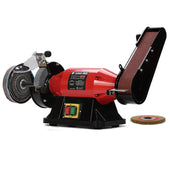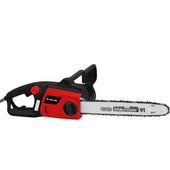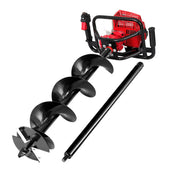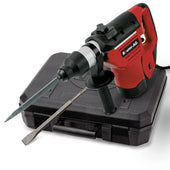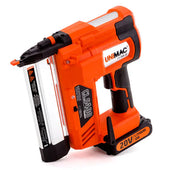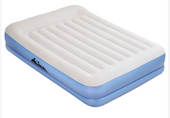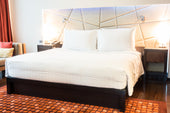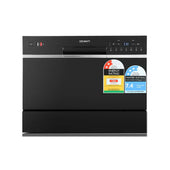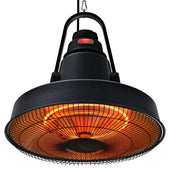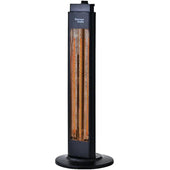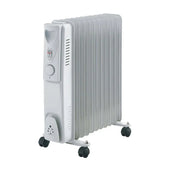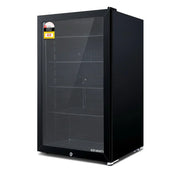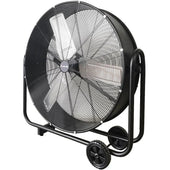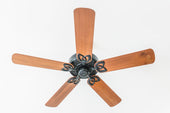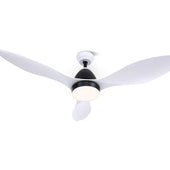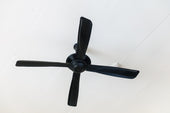Understanding the Basics: Wood and MDF Materials
When considering furniture materials, understanding the properties of wood and MDF (Medium Density Fibreboard) is crucial.
Wood
- Natural Composition: Wood is derived from trees, offering a solid and organic aesthetic.
- Durability: Known for its strength and longevity, especially hardwood types like oak and mahogany.
- Customisation: Allows for intricate craftsmanship and finishing techniques.
MDF
- Engineered Material: MDF is manufactured using wood fibres, resin, and heat.
- Affordability: Generally less expensive due to its mass-production process.
- Smooth Surface: Ideal for consistent painting and veneering, lacking grain found in natural wood.
Understanding these materials aids in selecting dressers compatible with durability, design, and budget preferences.
How Dressers Are Made: Wood vs. MDF
The construction process for dressers largely depends on whether solid wood or MDF (medium-density fibreboard) is used.
Solid Wood Dressers
- Material Sourcing: Solid wood is harvested and dried to prevent warping. Common choices include oak, maple, and pine.
- Cutting and Shaping: Wood is cut into panels, sanded, and shaped to fit the design specifications.
- Assembly: Mortise-and-tenon joints or dovetail joints are used for durability. Frames and drawers are hand-assembled or machine-assisted.
- Finish: Staining and varnishing enhance natural wood grain and provide protection.
MDF Dressers
- Material Creation: MDF boards are made by compressing wood fibres mixed with resin under high temperatures.
- Cutting: Machines cut MDF panels to precision, ensuring smooth edges.
- Construction: Glue and screws secure components since MDF does not hold nails as well as solid wood.
- Finish: Veneers or laminate are applied to mimic wood appearance or provide colour options.
Durability Factor: Which Material Lasts Longer?
When examining durability, solid wood emerges as a robust choice. Its natural grain structure and density make it resistant to wear and tear, ensuring a longer lifespan. Moreover, wood can handle heavy loads and is less prone to damage from accidental impacts. With proper care, it can withstand decades of use, even in high-traffic spaces during days.
MDF (Medium-Density Fibreboard), on the other hand, is engineered from wood fibres and resin, creating a uniform surface. While it resists warping better than wood in fluctuating humidity, it’s less durable in terms of structural strength. Over time, MDF is prone to sagging under heavy weight and may chip or crack more easily compared to wood.
Weight Comparison: Lightweight MDF vs Sturdy Wood
When comparing the weight of MDF and wood dressers, there is a notable difference based on the composition and density of the materials. MDF is significantly lighter due to its engineered structure, made from compressed wood fibres and resin. This lightweight characteristic makes MDF-based dressers easier to move and reposition, which is an advantage in smaller spaces or frequent relocations.
On the other hand, solid wood dressers are heavier, owing to the natural density and strength of the timber. The weight adds to their durability and enhances their stability, making them less prone to accidental tipping. The choice often depends on usage priorities, such as longevity versus convenience.
Affordability: Which Option Fits Better into Your Budget?
When considering affordability, wood and MDF offer distinct cost advantages depending on priorities.
- Solid Wood Dressers: These typically come with a higher price tag due to material quality, craftsmanship, and durability. Higher-end woods like oak or walnut further increase costs. However, their longevity might render them a worthwhile investment for those prioritising value over time.
- MDF Dressers: MDF stands out for its budget-friendly pricing. Less expensive production processes and materials make it economical, catering to cost-conscious buyers. While often cheaper upfront, it may lack the lasting value of solid wood.
Ultimately, comparing initial cost to long-term value determines the better fit for individual budgets.
Appearance and Finishes: Aesthetic Differences Between Wood and MDF
The visual appeal of wood and MDF dressers varies significantly, owing to their distinct material properties and finishes.
- Natural Wood: Wood dressers boast a unique grain pattern, offering warmth, character, and individuality. Depending on the type of wood, such as oak, mahogany, or pine, the texture and colour naturally enhance the aesthetic. Wood also allows for staining to accentuate the grains, creating a timeless, high-end look.
- MDF: MDF, featuring a smooth, uniform surface, lacks the organic beauty of wood but excels in adaptability to modern styles. It accepts paint exceptionally well, ensuring vibrant finishes and various colours. MDF can also mimic wood with veneered finishes for greater versatility.
The choice hinges on personal design preferences and how the material complements the room’s atmosphere.
Environmental Impact: Sustainability and Eco-Friendliness
When comparing wood and MDF dressers, environmental considerations play a key role. Solid wood, derived from natural timber, is often regarded as eco-friendlier when responsibly harvested from certified forests. It can be recycled, repurposed, or biodegrades naturally, reducing landfill impact. However, overharvesting and deforestation pose threats to sustainability.
On the other hand, MDF is manufactured using recycled wood fibres, which helps reduce waste. However, it often contains formaldehyde-based adhesives, which may emit harmful VOCs (volatile organic compounds). MDF production is also energy-intensive due to the use of synthetic resins and processing requirements.
Both materials have environmental trade-offs, making responsible sourcing crucial.
Repair and Maintenance: Longevity and Care Requirements
Wood dressers generally require more effort in maintenance but provide excellent longevity if cared for properly. Regular polishing and cleaning with wood-safe solutions can preserve their integrity, while scratches, dents, or water damage may need sanding and refinishing. Additionally, they are prone to swelling or warping if exposed to extreme temperatures or moisture.
MDF dressers, on the other hand, demand less upkeep since they are resistant to cracking or splitting. However, they are vulnerable to water damage; once exposed, repairs can be difficult. Peeling veneers might require adhesive fixes, but advanced damage often necessitates replacement rather than repair.
Customisation Options: Flexibility with Wood and MDF
When it comes to customisation, both wood and MDF dressers offer distinct advantages catering to varied preferences. Solid wood provides a natural grain that can be stained, lacquered, or left untouched, enhancing its natural aesthetic. It is often an ideal choice for those desiring intricate carvings or unique handcrafted designs due to its sturdiness.
MDF, on the other hand, boasts a smooth surface, free from knots and imperfections, making it highly suitable for painted finishes. It can be moulded into modern, sleek shapes that are difficult to achieve with solid wood. Both materials can be tailored with veneers, hardware upgrades, or colour modifications, offering ample creative possibilities.
Final Considerations: Which Dresser Should You Choose?
When deciding between wood and MDF dressers, personal needs and priorities play a key role. Wood dressers, with their unmatched durability and timeless appeal, are ideal for individuals seeking a long-term investment and a natural aesthetic. On the other hand, MDF dressers provide a cost-effective solution without sacrificing versatility in design, making them a practical choice for budget-conscious buyers or those seeking contemporary styles.
Consider the following factors:
- Budget: Wood dressers are more expensive, while MDF options help save money.
- Lifespan: For prolonged use, solid wood proves more sustainable.
- Weight: MDF is significantly lighter and easier to move.
- Environment: Wood lasts longer, but MDF reduces reliance on natural timber.
Both materials suit different lifestyles and preferences, highlighting the importance of understanding one’s specific requirements.






















































